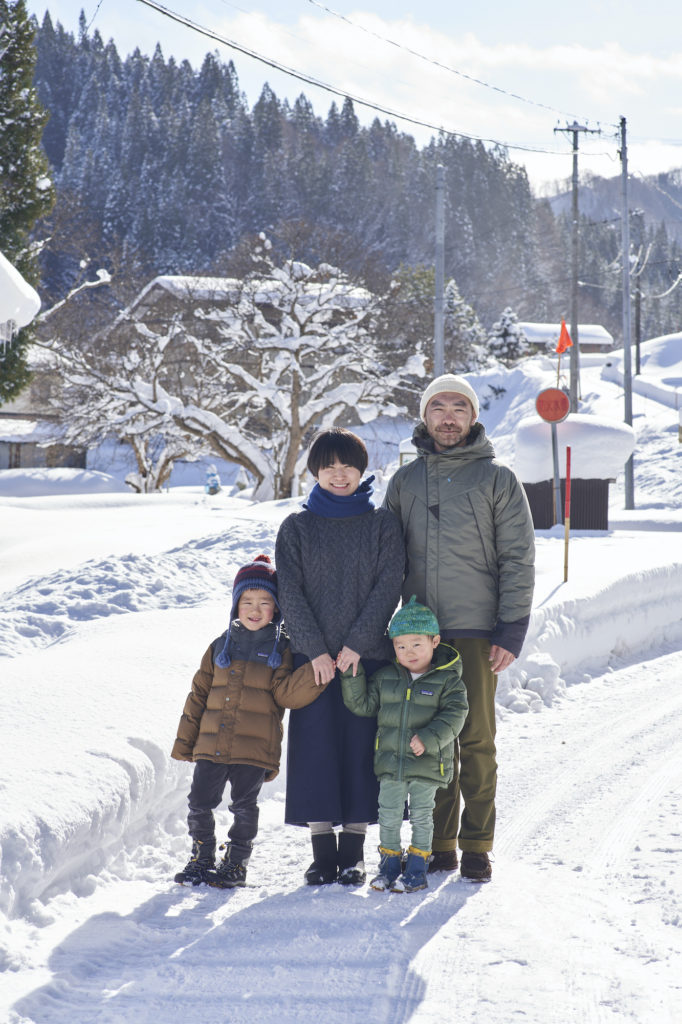― You’re from Oga City, Akita Prefecture. What made you move from the coastal city of Oga to the inland city of Kitaakita?
I lived in Oga until I was 18 years old, and then once left for Tokyo, but came back to Akita in 2012 and settled first in the Takanosu area of Kitaakita City, and from the next year onward in a small community called Nekko in the Ani area of Kitaakita. I moved from Takanosu to Nekko because I was interested in matagi culture. I wanted to take pictures of matagi hunters, but I figured they wouldn’t welcome a stranger, so I decided to make my home in a matagi settlement.
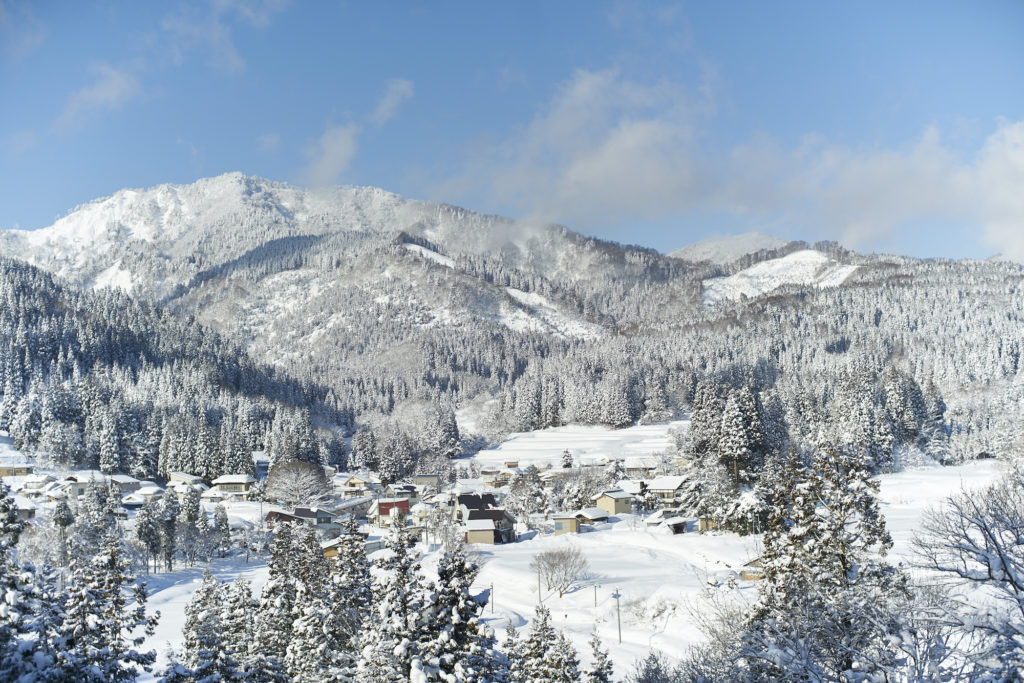
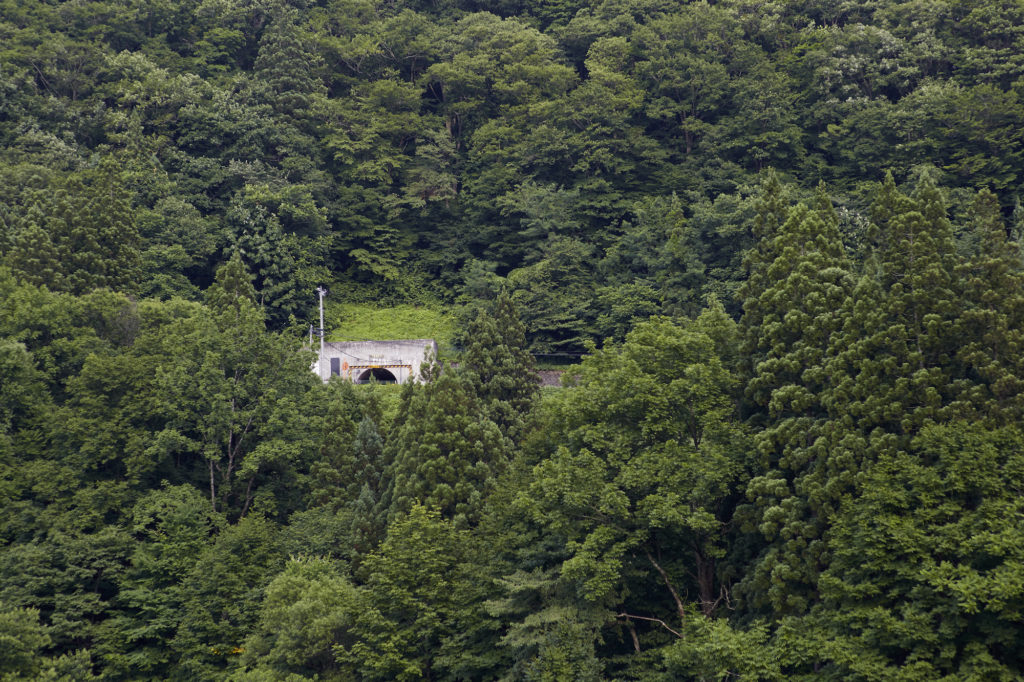
― Aren’t matagi the traditional bear hunters and specialists of the mountains?
That’s right. The Ani area is known as the home of matagi, and Nekko for the preservation of matagi culture. Back when I lived in Oga, I didn’t give the slightest thought to matagi. Having moved to Takanosu after reaching the age of 30, though, I was more open to and keen on customs and cultures new to me. And matagi was electrifying. How could cultures be so different between the coast and the mountain!
― So in order to take pictures of matagi, you became a matagi yourself?
In the Ani area there’s an Ani Hunting Club, whose membership includes the community’s matagi hunters. I was able to join the club too, and with the mentoring of a matagi five or six years my elder, I slowly learned how to walk the mountains. The more senior matagi show me where the bears walk and where the edible plants grow. For them it’s just common knowledge, but for me it’s like, How on earth do they know all that? I could see that they simply acquired the knowledge they need to make a living, but each piece of their knowledge was a survival skill, and I admired their way of life.
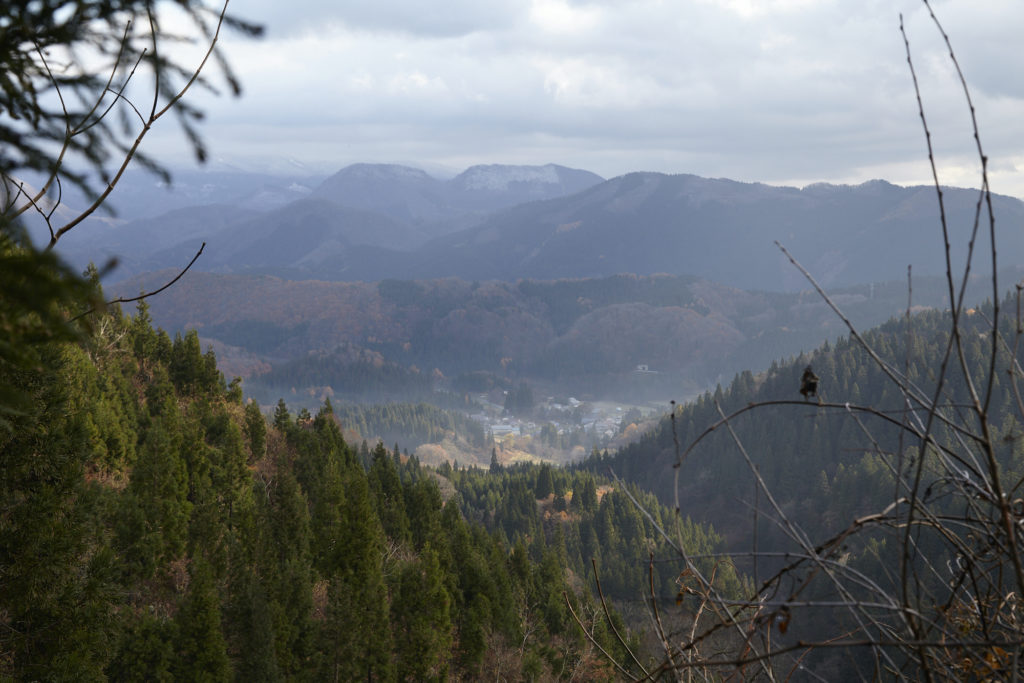
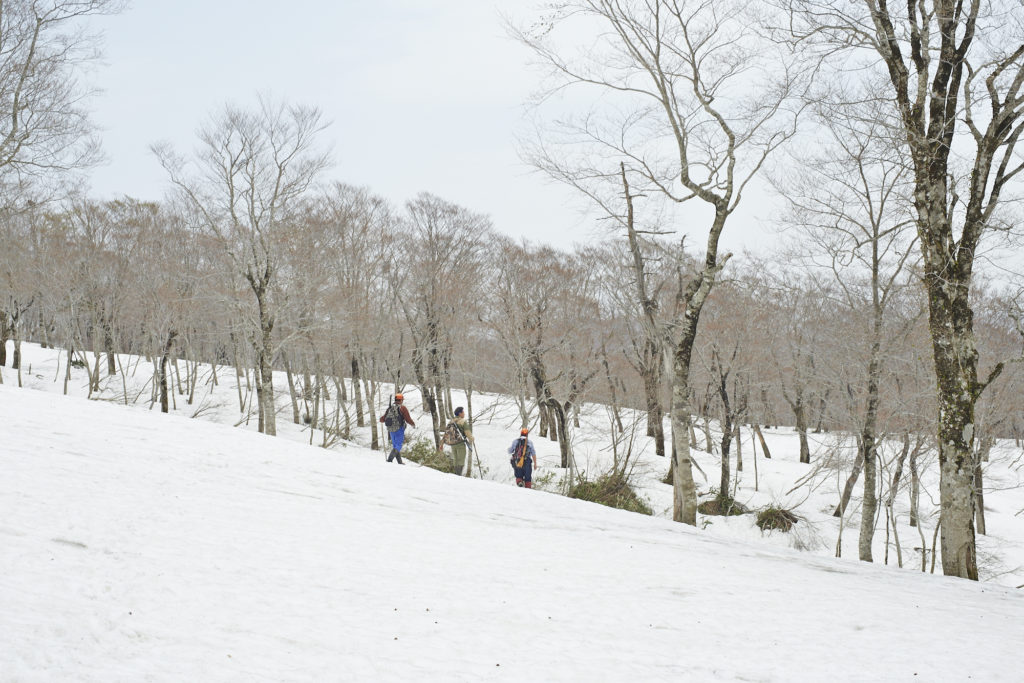
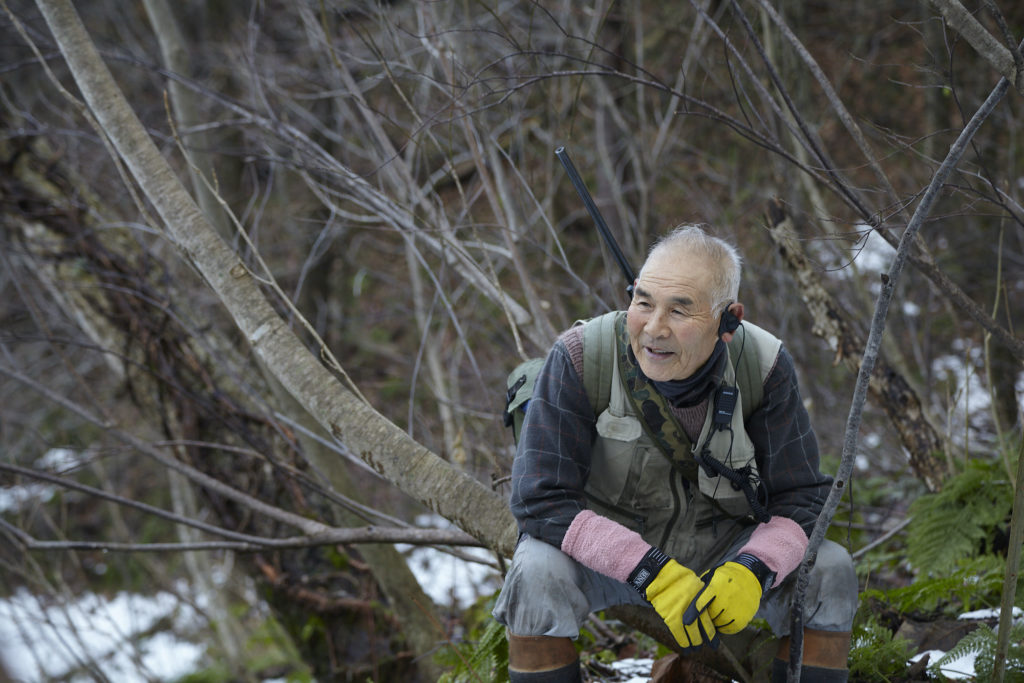
― Was the work of matagi different from what you had imagined?
Yes, there was a pretty big gap between what I had read and the reality. There are many books about matagi that discuss traditional rules of etiquette, but few of the rules are actually observed today. One absolute rule that is strictly observed, however, is called matagi kanjo, or “matagi’s share.” The prey caught is always divided completely and equally between the matagi who took part in the hunt. I love this idea. I believe it’s the reason these people have survived for such a long history, and it’s the reason that neighbors continue to look out for one another today. I feel there’s a sense of matagi pride in continuing to uphold this rule.
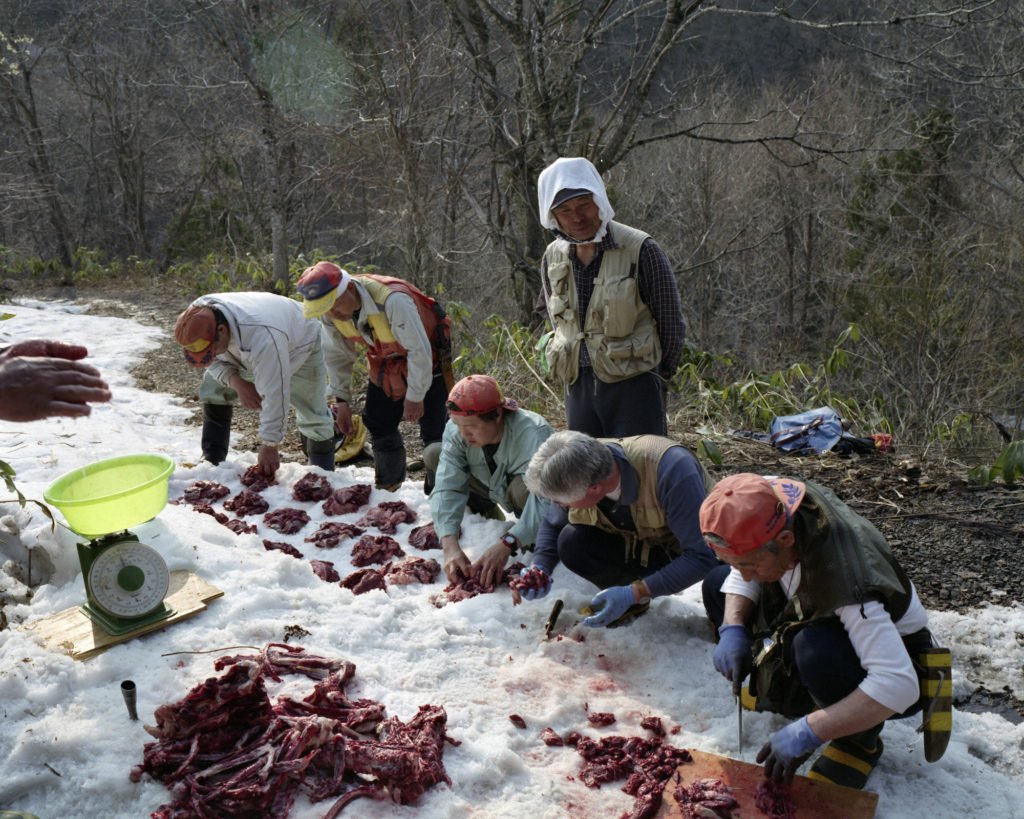
― What was your first impression of the Nekko community?
Contrary to my expectations, Nekko was an incredibly busy place. There are all kinds of little community chores year round. When it isn’t snowing, we clean the tunnel and cut the grass. In the spring, we need to pick the edible plants. In the autumn, we pick mushrooms and hunt bears. There’s just so much to do.
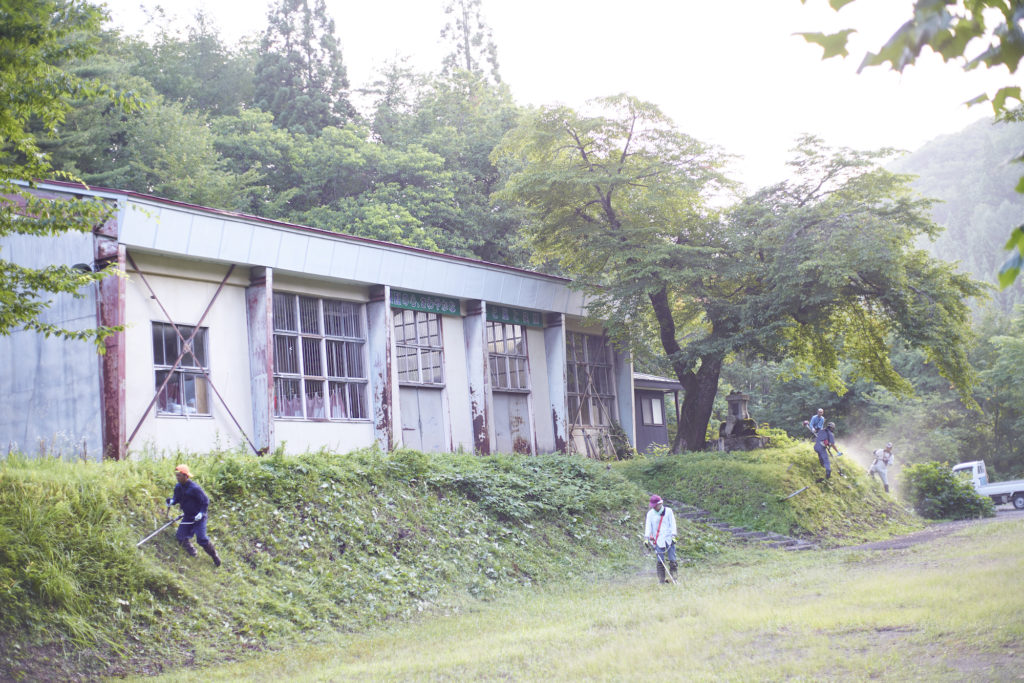
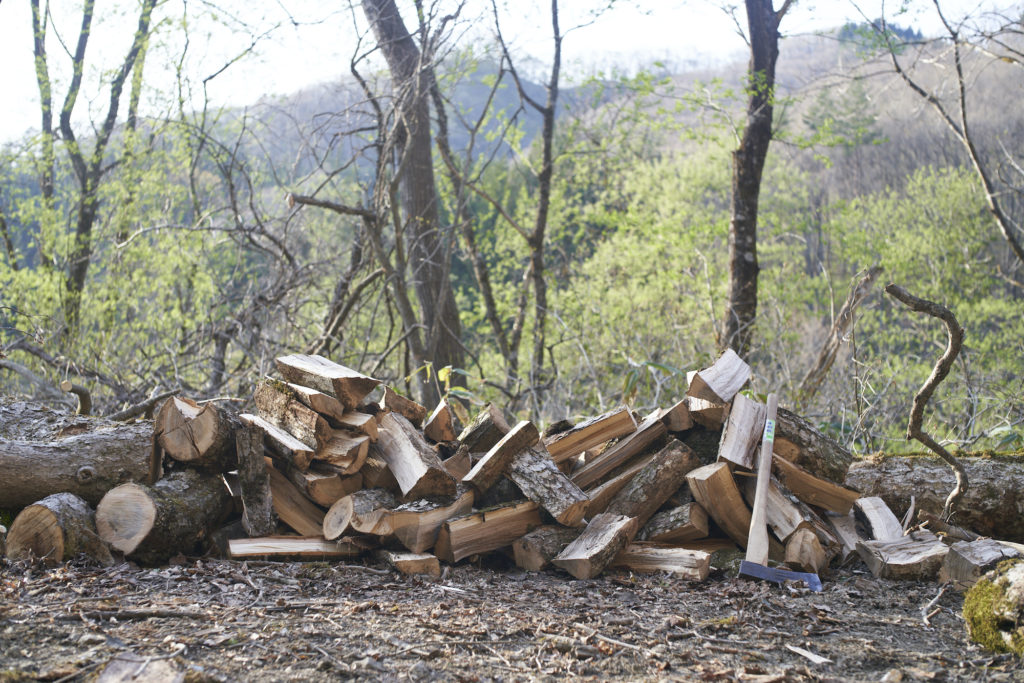
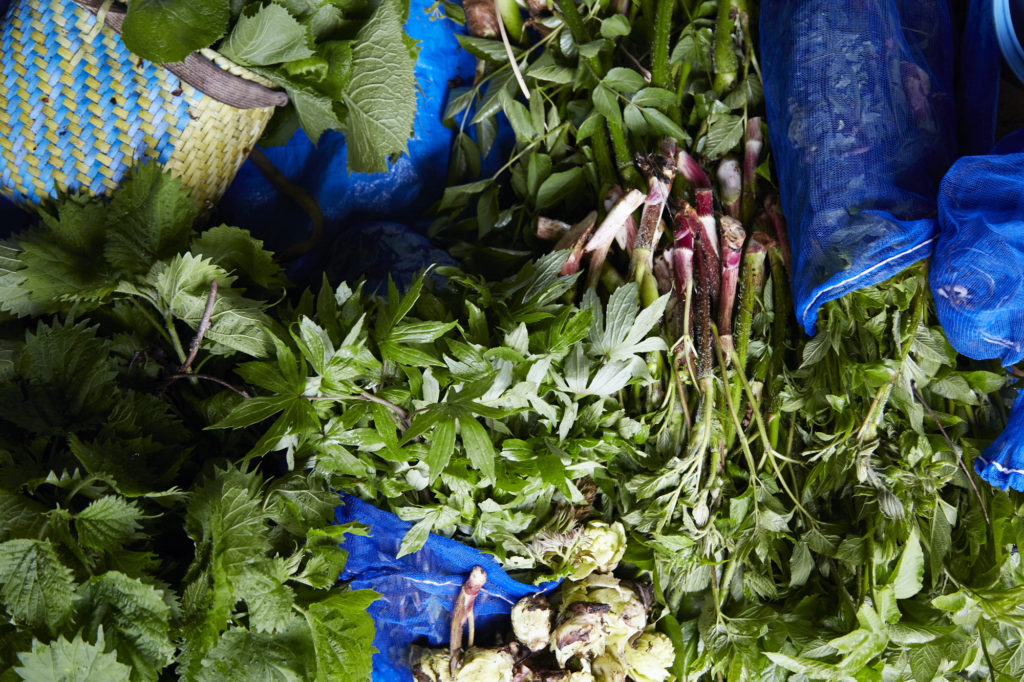
― Are there designated people in charge of picking the edible plants and mushrooms?
No, not really. The community as a whole has seasonal routines, and there are moments when the edible plants must be picked—now or never! With everyone gone for the harvest, you can’t help feeling you should go too.
― Were the community members happy to take you in?
I was an outsider after all. I’m sure they sized me up at first, like, This guy has long hair and grows a beard and says he’s a photographer, but who is he really? My wife and I wanted very much to be a part of the Nekko community, though, and to do that, we knew we had to be accepted by the residents.
Nekko is also the home of a traditional performing art called Nekko Bangaku. Rehearsals are held every Wednesday, and they’re always followed by social drinking. Thanks to occasions like this, we worked our way into the community relatively easily. In the same way, we took part in as many community functions and communicated with as many residents as possible, and this helped us warm up to them and blend in naturally. It took about two or three years.
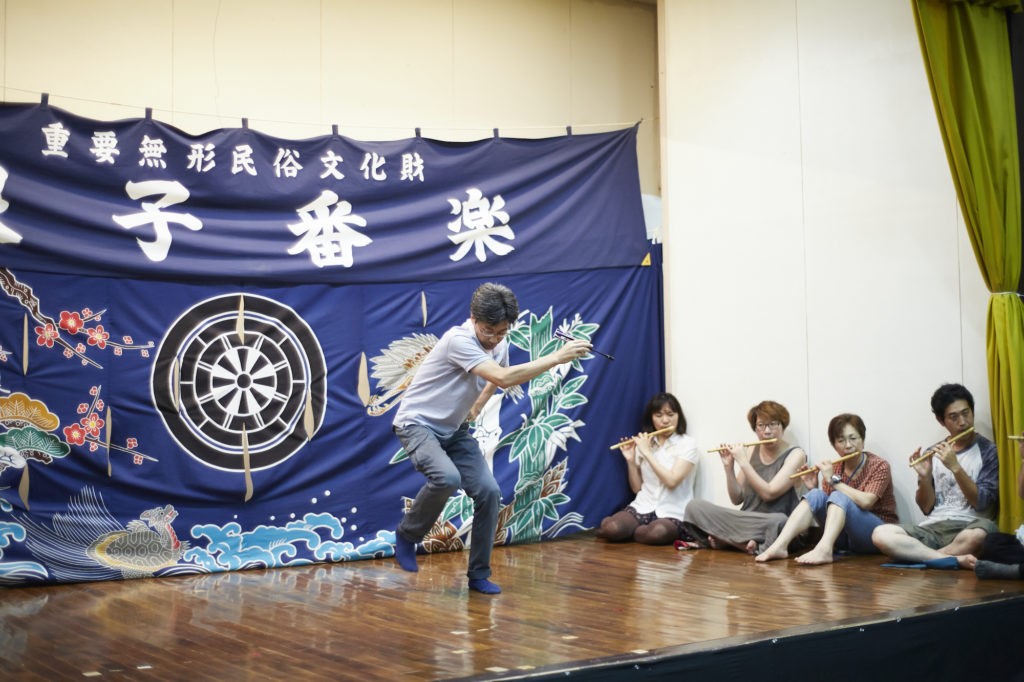
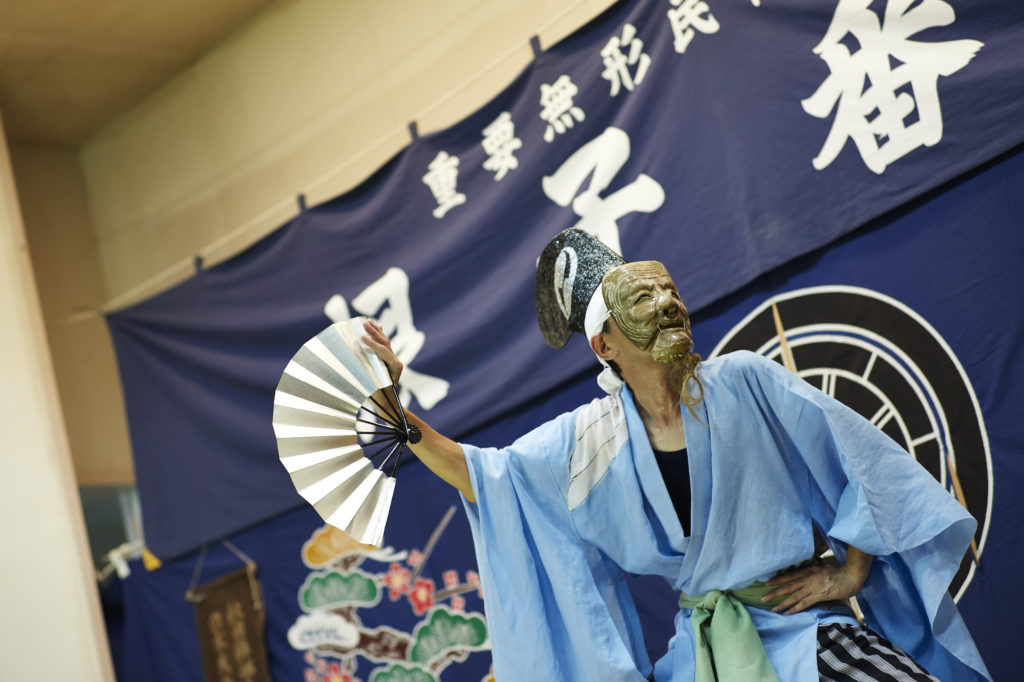
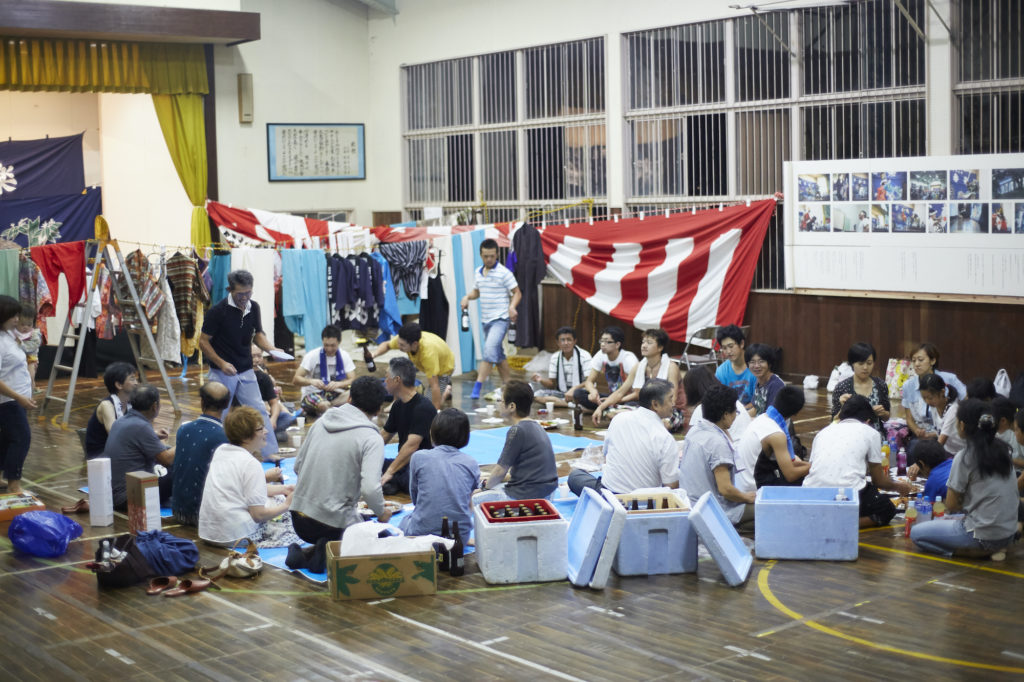
― Three years after you moved to Nekko, you began compiling Nekko no hon (The Book of Nekko). How did that project come about?
At first, I believed my day job as a photographer had nothing to do with my life in Nekko. In time, though, it occurred to me that I wanted to repay the residents for accepting us into their community. I asked myself what I could do that was unique to me, and my answer was to make a book. I told my friend and graphic designer Kazuyuki Shibuya that I love Nekko and want to communicate the wonders of living here to the world at large. He liked the idea, and together we set out to make the Book of Nekko.



― What was the local reaction?
The community members seemed unsure in the beginning. But once we actually started gathering material, they went out of their way to help. I would tell them beforehand to just do what they always did, nothing special, for example, but on the day of a photo shoot, there would be more people present than usual. I was thrilled that the residents were so willing to cooperate. It felt as though we were making the book together. I was in a state of total happiness during the two and a half years that it took to complete the book.
Once it was completed, the locals were the first to buy it in bulk. People who were originally from Nekko but now live far away also got in touch and ordered a dozen copies each. The Book of Nekko turned out to be a truly rewarding project.
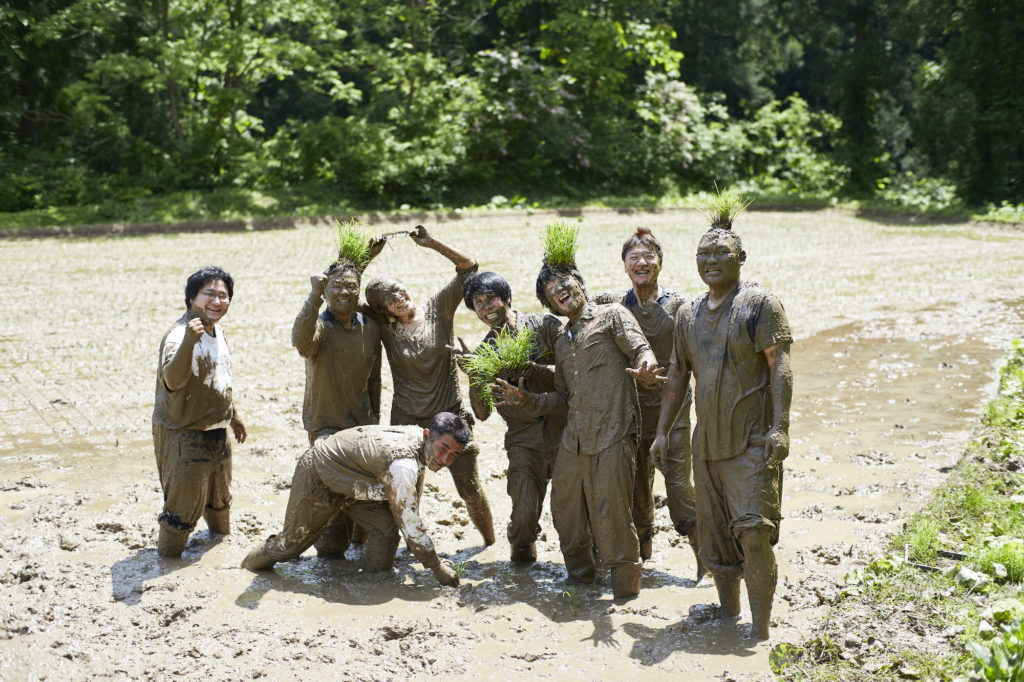
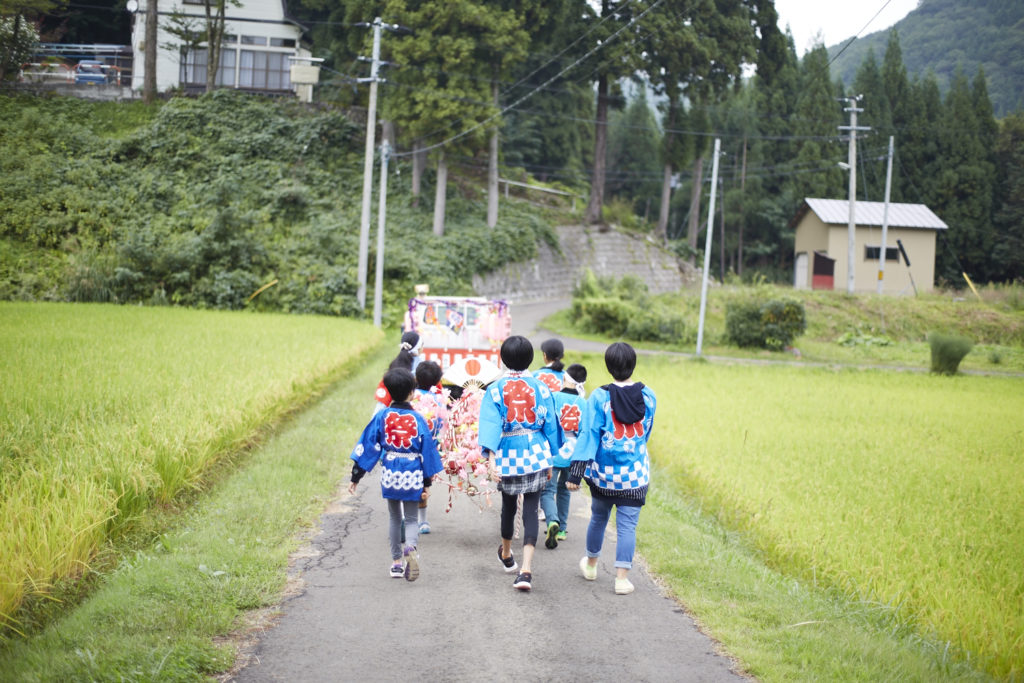
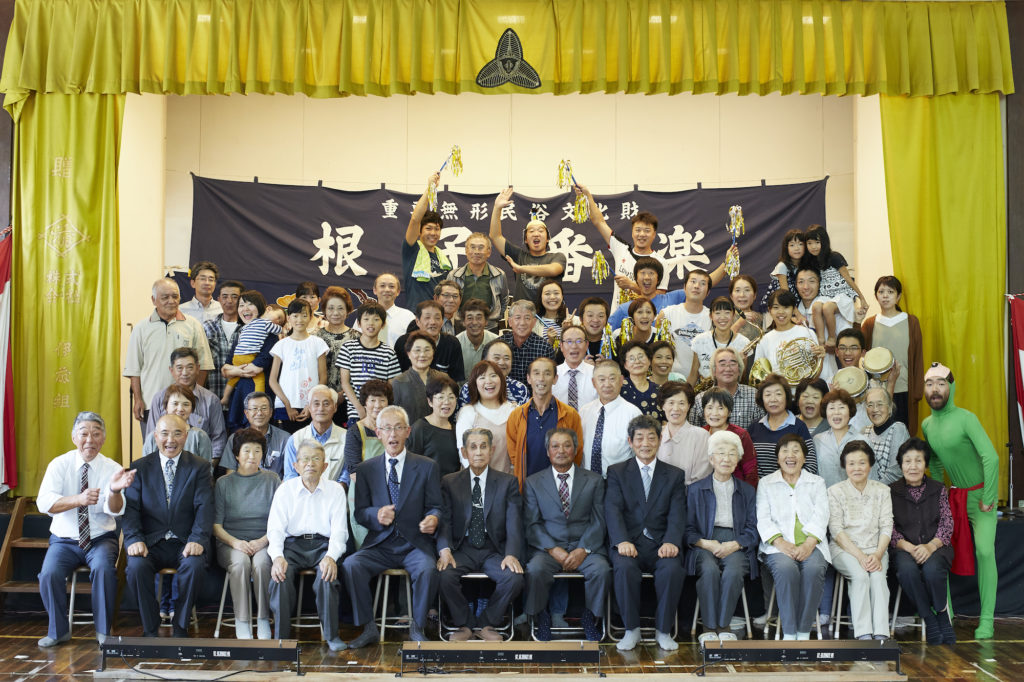
― What would you like to try in the future?
There’s a lot I want to do. For starters, a great opportunity came by for me to try something I’ve always wanted to do. I opened a roastery, Nekko Matagi Coffee, in March this year. There are people who have heard of Nekko and actually come to visit the community. The problem is we don’t have a place for visitors to stay. The beauty of Nekko doesn’t end with the landscape—it’s the climate including the culture and the people. I’m hoping that a cup of coffee will persuade visitors to stay and get to know the locals and gain a deeper understanding of the community.
Another reason I opened the roastery was that my work in photography often takes me outside the community. I live here because I love it here, and yet I had no means of earning an income here. At a basic level, this goes for all the residents. But it was a source of frustration for me, and so I wanted to set up a business inside the community. I’m hoping it will set an example for my sons and the other children. Ten or twenty years ahead, rather than complain that there aren’t any jobs in Nekko, I want them to have the mind set to make their own work.
I fully enjoy living in Nekko already, but all the same, I spend each day exploring ways to enrich our lives even further.
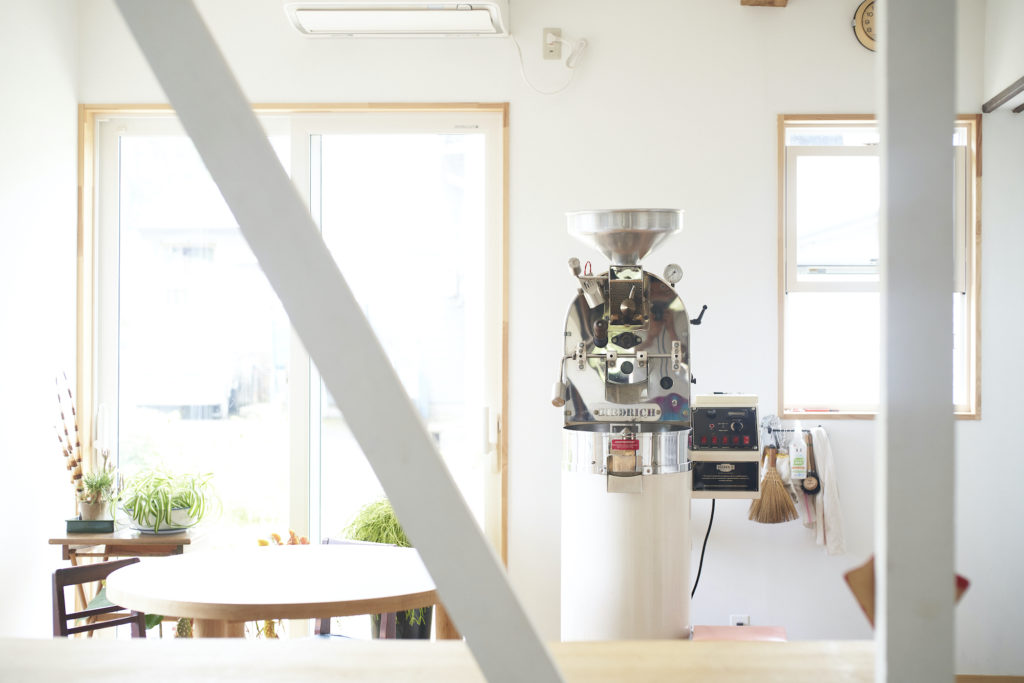
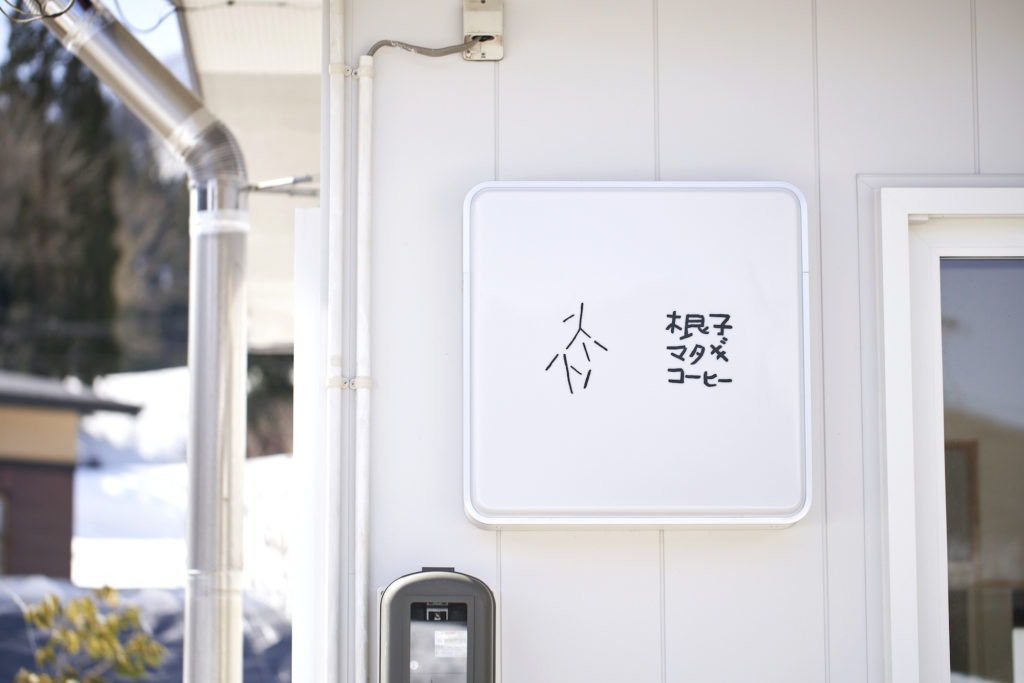
Yoma Funabashi
Yoma Funabashi was born in 1981 in Oga City (formerly Wakami Town), Akita Prefecture. After graduating from high school, he moved out and worked as a florist in Tokyo, Nagoya, and London before returning to Japan in 2009 and entering Tama Art University. While in school he apprenticed with photographer Kan Kanbayashi, and after graduation started his career in editorial and advertising photography. In 2013 he settled in the Nekko community of Ani, Kitaakita City—known as the home of matagi winter hunting and the traditional performing art Nekko Bangaku—and continues to document the matagi culture and the lives of the people of the mountain. Funabashi contributes photographs to publications including the Akita Prefectural Government free magazine Non-biri, the All Nippon Airways (ANA) in-flight magazine Tsubasa—Global Wings, the Mizuho Research Institute membership magazine Fole, and the Aomori Prefectural Government brochure Aomori no kurashiburi wo tazuneru tabi (A Journey of Life in Aomori). Funabashi is a guest lecturer at the Akita University of Art High School. He opened the roastery Nekko Matagi Coffee in March 2022.
https://yomafunabashi.com
Nekko Matagi Coffee (Instagram)
